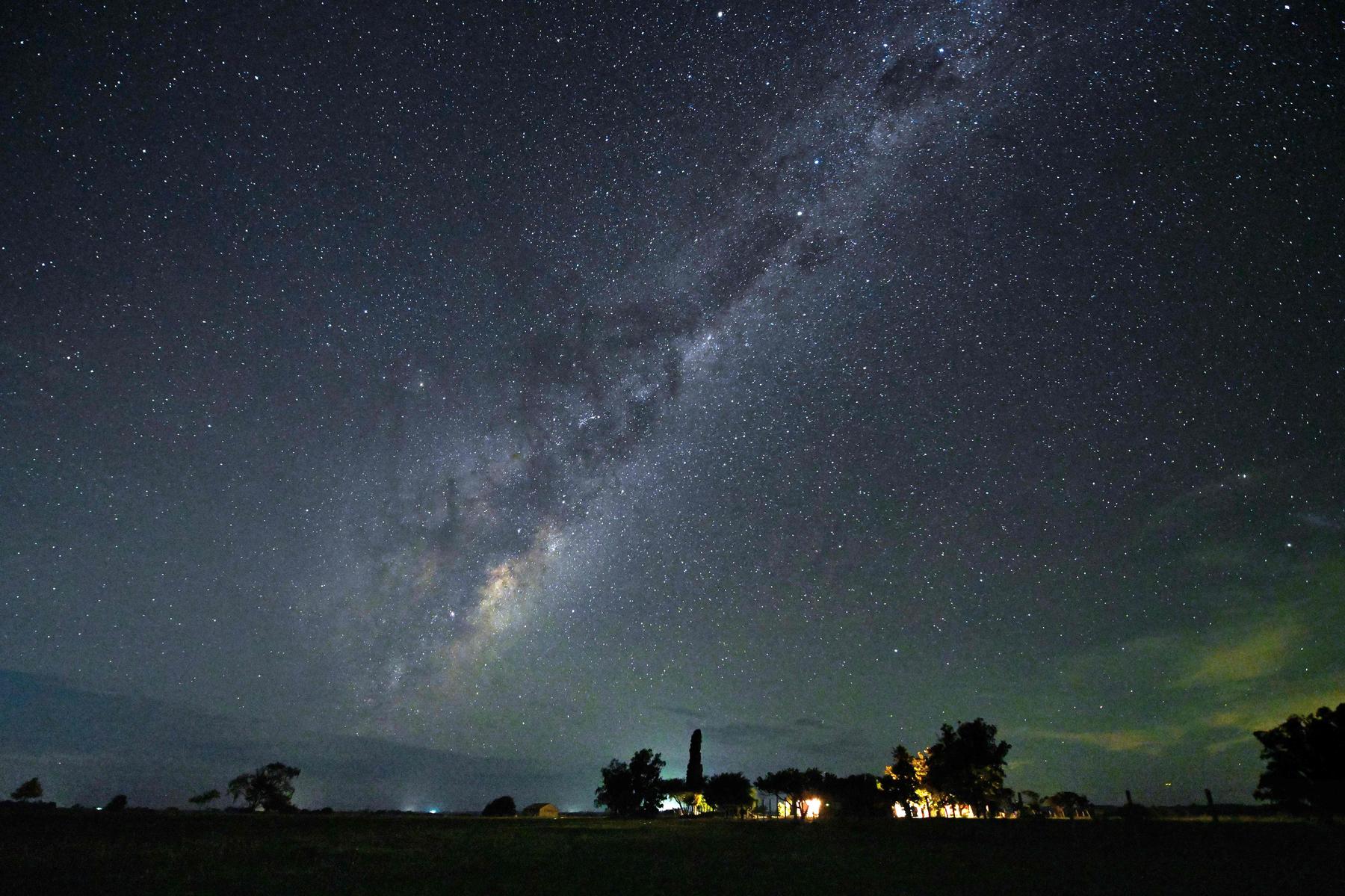A twin of the Milky Way in the young cosmos raises questions – Diepresse.com

According to scientists, discovery questions the previous presentation of the origin and development of large galaxies. The Zhulong baptized system has a diameter of around 60,000 light years and contains over 100 billion stars
The picture may appear blurred, but it delivers a clear realization: just a billion years after the big bang, there was a spiral galaxy that resembles our Milky Way like a twin. This is shown by the latest observations by an international research team with the James-Webb world dream telescope (JWST). And that is a big surprise for the sky researchers: So far, they assumed that the emergence of such spiral galaxies will take several billion years.
The discovery therefore questioned the previous presentation of the origin and development of large galaxies, the scientists write in the journal « Astronomy & Astrophysics ». The James Webb space telescope, which was put into operation three years ago, has already tracked down many galaxies, which had already formed 300 to 500 million years after the cosmos was created 13.8 billion years ago. But these are consistently small, irregularly shaped systems. According to the ideas of the astronomers, these dwarf galaxies arise in the course of century due to clashes and mergers – and so finally the large spiral galaxies such as our Milky Way.
Diameter of around 60,000 light years
The discovery of a fully trained spiral galaxy was therefore surprisingly coming for the researchers one billion years after the big bang. The system called Zhulong after a kite of Chinese mythology has a diameter of around 60,000 light years and contains over 100 billion stars – values that are quite comparable to our Milky Way. And similar to the Milky Way, Zhulong shows a central thickening of older stars, surrounded by a flat disc with spiral arms in which new stars are created.
This, according to Mengyuan Xiao from the University of Geneva, raises the question of how a spiral galaxy developed and structured and structured spiral galaxy could develop at such an early period of cosmic development. Xiao and her colleagues tracked down the unusual galaxy as part of the so -called Panoramic Survey. In parallel with other observations of the WebB telescope, random regions of the sky are scanned. In this way, previously unknown objects can be found in the young cosmos. « This discovery shows the potential of such parallel observations for the discovery of rare sky objects, » emphasized Christina Williams, chief scientist of the panoramic program.
And such objects represent a challenge for the previous theories about the development and development of galaxies. Xiao and her colleagues hope to track down further developed galaxies in the young cosmos as part of the Panoramic program. They also want to take a closer look at the webb telescope and the large radio telescope system Alma in Chile Zhulong in order to encourage the history of this galaxy. (APA/dpa)







